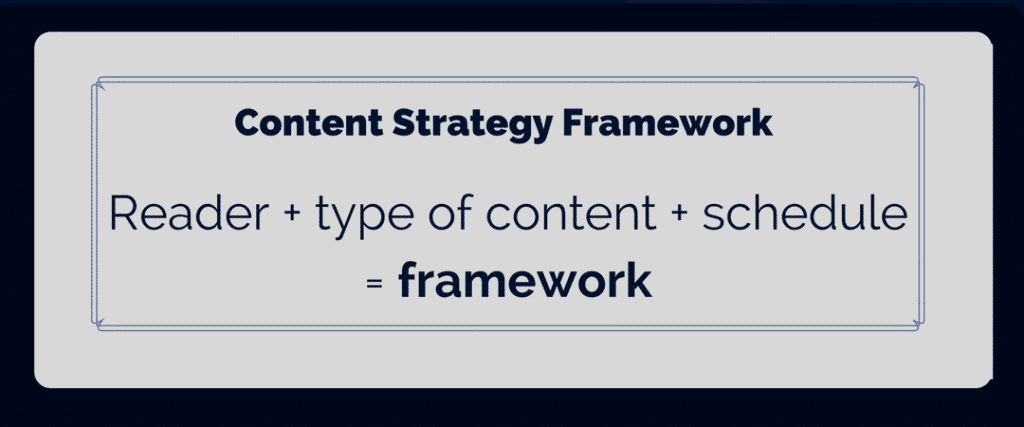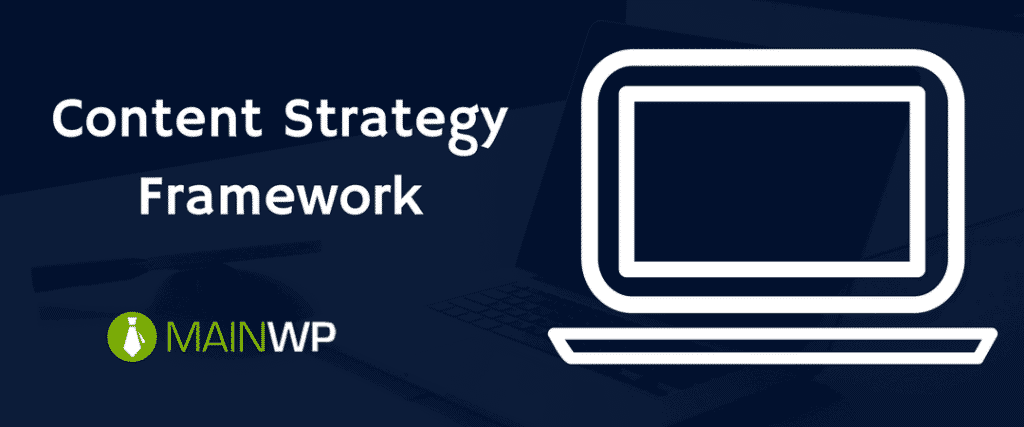What kind of creative things did you do as a kid? Did you?
I did a lot of stuff I look b ack on and think, “what was I doing?” At the same time, I smile because I was finding a way to be creative.
I can remember coming up with basketball tournaments. One of the reasons I did that is so I could create the tournament brackets. So, I made up a tournament to rival the NCAA Basketball tournament each year.
I drew race cars, football stadiums, and basketball arenas. Sometimes I just made them up, created my own race cars, stadiums, and arenas.
One of the things I did as a kid was to write songs. I become a little obsessed with this at one point.
I bought magazines about writing songs. I had a folder where I kept my songs. I copied what I saw from the “experts” including how they structured their songs.
A good friend of mine did as well. He wrote and wrote and wrote. In fact, he carried it way further than I did.
I am glad he did. We should never stop trying to be creative.
We have to fight to hold on to our creativity the older we get.
One of the things I learned about writing songs is that there was a structure. There were usually two verses (at least), and a chorus and sometimes there was a bridge which served as a segway.
There was a framework to putting songs together. Sure, there was creativity in writing the words and how they are used, but, like a poem (duh, lyrics are poems), there is a structure with rhythms and rhymes.

Image courtesy: Unsplash
Frameworks are helpful
We use frameworks regularly in life. Think about it. We usually call them routines. Sometimes they are called schedules and other times they are called habits.
In the world of technology and development, frameworks are often used for software and code.
Here are few examples of frameworks for development.
PHP Framework – Laravel
Laravel is a PHP framework that was created and maintained by Taylor Otwell. It is a framework that allows developers to produce apps and web frameworks rapidly.
Laravel has a large global user base.
CSS Framework – Bootstrap
Bootstrap has become one of the go-to frameworks for CSS in recent years. Bootstrap makes it easy to create a rapid front end design. Some designers will do an HTML/CSS design during prototyping for a website project.
In the world of WordPress themes, some developers have adopted Bootstrap or parts of Bootstrap to manage the design of their themes.
WordPress Theme Framework – Genesis
There are multiple theme frameworks available to WordPress developers, but Genesis is one of the most popular. It has a large user base, extensive support from the community which allows a quicker learning curve.
Developing a Content Strategy
For me, I find that one of the easiest ways to create a content strategy is to develop a framework. Within that framework, I am able to build out my strategy.
A content strategy is needed.
Over at Content Marketing Institute, Neil Patel addresses the problem with strategy in content marketing.
“What we’re facing is an industry in which “strategy” – whatever that is – is either not working or nonexistent. Why? Because there isn’t a strategy at all.”
First, having no strategy means you will have fewer results. Successful content marketing means having a content strategy.
Take a look at these statements from Content Marketing Institute:
Sixty-two percent of B2B marketers in North America say that compared to one year ago, their organization’s overall approach to content marketing has been much more or somewhat more successful.
This was just one of the findings in Content Marketing Institute/MarketingProfs’ B2B Content Marketing 2017: Benchmarks, Budgets, and Trends—North America sponsored by Brightcove.
To what factors do marketers attribute this increased success? The top two factors are: doing a better job with content creation (85%) and developing or adjusting their content marketing strategy (72%).
All is not lost, however, if you don’t have a strategy when you begin. If you execute something with no strategy, you will learn more about yourself and your audience. Don’t worry about being perfect to start.
See the Spaghetti Blogging Framework from Buffer
Two, strategies will need to be flexible. It ‘s hard to for a strategy to be created that will work for every scenario. What works for Neil Patel or Carrie Dils may not work for you. Every industry is different. I can tell you that in the online marketing world 2-3K word posts are becoming the norm. Does your reader have the time or patience to read that long of a post?
Third, if you have a small team of which are not regular writers, it may be hard to execute some of the most complex types of content strategies you may see online.
Fourth, there is no “standard” of content strategies. The “devil is in the details” right? This is why having a framework is important. With a framework, you can include the tasks and strategies that work for your audience.
Building a framework for your content strategy
My suggestion is you build your framework and create your own strategy. Sure, you can check out resources, but most of them will end up telling you something similar.
Here’s my idea for building a framework for your content strategy. It’s pretty simple, not very complex at all and can be utilized by anyone.
Here are some things you can use to build a content strategy framework.
Who is your reader?
Do you know your readers? Actually, the term is target audience, but think about them as readers.
Maybe you are just starting to blog so you don’t know who your readers really are. That’s fine. I would focus on who you want your readers to be.
As a WordPress entrepreneur, think about the clients that you already have. Do you want more of those kinds of customers or are you making a pivot?
Are you targeting real estate brokers? Are you targeting startups? Are you targeting companies in the nonprofit industry? If you know who it is you are targeting, then you can begin to develop the type of content you should create.
I often see a lot of developers create content that is for other developers. There is nothing wrong with that. Just keep in mind, if that isn’t who you want your customer to be, then, you are shooting at the wrong target.
What content do they want?
Do you need to create blog posts? How about videos? Maybe your target audience likes lots of pictures or maybe they want long posts with lots of information and examples. Maybe they want shorter posts more frequently with tips.
Once you know who your target reader is, then you can find out what kind of content they want. There are a number ways you can do this. One is an interview. If you join forums or Facebook groups where your target audience is present, it gets easier to begin asking and listening to what people want to learn more about from companies like yours.
Another way is to send surveys. If you have several clients or a decent email list, then you have a place to start. You can create a simple survey that you can email to your list. You will get some responses. Add an incentive to get more responses.
One thing I do from time to time is think of one person I know is in my audience who is an ideal reader and write something that will benefit him or her based on conversations I have. Often, if that person has a problem, others will too. It helps if you don’t have anyone to start a survey with.
How often will you schedule?
This is an important part of the framework. After a period you will find a “sweet spot.” The schedule you start with may not be what you end up using, or it just may change.
It is important to establish a regular schedule, even if it is once per month. You can increase over time.
If you are writing longer posts, you may want to publish less frequently. If your posts are shorter, then you can probably post more frequent, daily or weekly.
After a period time, you will learn if this works for your audience. They may even tell you in emails.
A content framework you can use

Reader + type of content + schedule = framework
There you have it. It isn’t very complex, but it is something you can use.
Create a document and include information you learned about the type of reader, the type of content they want and the schedule you should use and, bam, a framework.
You might use a spreadsheet to create your table for your framework with the info or use a Trello board (man I love Trello boards!).
Document your process.
This is very helpful even if you don’t have a team of writers, marketers, and other content producers.
Once you have this in place, you can begin figuring out how to fill in the details.
Closing the loop
There you have it, a simple content strategy you can execute without a content marketing team.
Reader + type of content + schedule = framework
Do you have a content strategy?
How did you create your strategy
Did you document the strategy?
Share your thoughts in the comments below.







